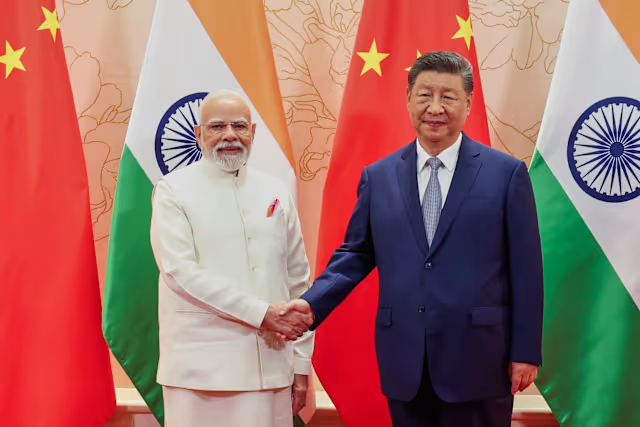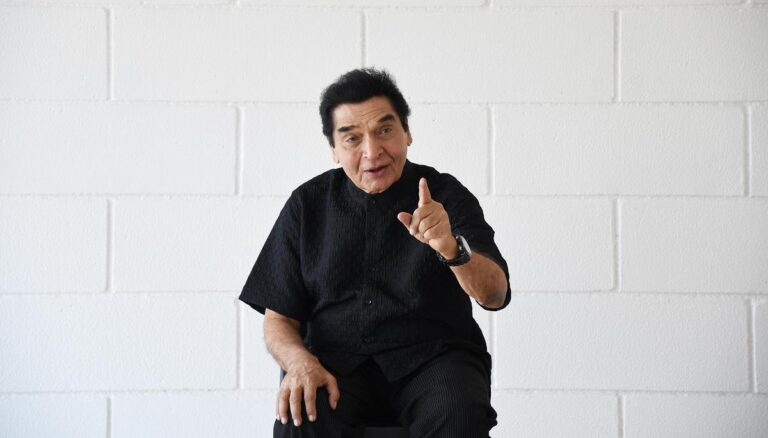
The Shanghai Cooperation Organization (SCO) summit in Tianjin, China, has emerged as one of the most closely watched global gatherings of the year. While the official agenda touches on security, economic cooperation, and regional stability, it is the unexpected thaw in relations between India and China that has captured worldwide attention.
Indian Prime Minister Narendra Modi’s visit to China—his first in seven years—coincides with a period of heightened tensions between New Delhi and Washington. The Trump administration recently imposed 50% tariffs on Indian exports, citing India’s purchase of Russian oil and weapons. For India, the timing of the SCO summit and its outreach to Beijing could not have been more critical.
A Rare Diplomatic Reset
In Tianjin, Modi held a highly anticipated bilateral meeting with Chinese President Xi Jinping. According to official readouts, the talks were described as “successful” and “constructive,” signaling a potential reset in India–China ties after years of mistrust and border tensions.
Xi Jinping reiterated his well-known metaphor, urging that the “dragon and the elephant must walk together.” For Beijing, the message was clear: the two most populous nations on earth need to prioritize cooperation over rivalry.
Modi, meanwhile, focused on concrete steps forward. He highlighted the progress made by special representatives from both sides on border management agreements, aimed at reducing the risk of clashes along disputed Himalayan frontiers. Deadly encounters in recent years had plunged relations to historic lows, but this new framework offers a path toward de-escalation.
Direct Flights, Student Exchanges, and People-to-People Ties
One of the more surprising revelations from the meeting was the resumption of direct flights between India and China. Many outside observers were unaware that direct flights had been suspended, a reflection of how badly bilateral ties had frayed. The absence of tourists, student exchanges, and business travel underscored just how much trust had been lost.
Now, with both governments committed to restarting people-to-people contact, the outlook is changing. Modi underscored that closer cooperation between Delhi and Beijing would not just serve 2.8 billion citizens combined, but also create positive ripple effects for the global community.
Why Timing Matters
The SCO summit is not just another multilateral forum. It comes at a time when the United States has tightened its grip on global trade and security alignments, often clashing with emerging economies. India’s sudden exposure to U.S. tariffs has highlighted the need for New Delhi to diversify its economic partnerships.
China, eager to present itself as an alternative to Western-led structures, sees India as a vital partner in building what it calls a “new architecture of global governance.” The SCO itself began in the 1990s as a small grouping focused on combating drug trafficking and terrorism in Central Asia. By 2001, it had evolved into a broad regional security bloc, and today it includes not only China and Russia but also India, Pakistan, and several Central Asian states.
With Modi and Xi shaking hands at this summit, the SCO’s ambition to serve as a counterbalance to Western institutions—such as those born out of the Bretton Woods system—looks more plausible than ever.
Russia’s Quiet but Crucial Role
While India’s outreach to China was the headline story, Russia’s presence loomed large in the background. President Vladimir Putin’s rare trip abroad underlined Moscow’s determination to sustain its alliances amid Western sanctions and the ongoing war in Ukraine.
Experts note that Russia’s strategic partnership with China has deepened significantly since 2022. China has become a lifeline for Moscow, purchasing oil, supporting trade, and helping Russia reorient its economy eastward. Without this partnership, Russia would struggle to sustain its war effort.
For India, Russia remains a long-standing defense and energy partner. But as the geopolitical chessboard shifts, Moscow’s growing closeness with Beijing could place New Delhi in a delicate balancing act—choosing when to align with China and when to keep its options open with the West.
What This Means Going Forward
The Modi–Xi meeting in Tianjin was more than symbolic. It pointed to a practical recalibration of India–China relations at a time of global uncertainty. While deep mistrust remains—particularly over border disputes—both sides seem willing to move toward cooperation in trade, travel, and regional governance.
For India, expanding ties with China is not about abandoning partnerships with the West, but about ensuring that its economy and security are not solely dependent on Washington. For China, securing India’s participation in the SCO strengthens its vision of a multipolar world, where emerging economies can set the rules of engagement.
As the SCO summit concludes, the real takeaway is not just about the organization’s growth or Russia’s continued presence. The most significant storyline is the tentative rapprochement between India and China, two nations whose cooperation—or conflict—will shape the trajectory of the 21st century.







One thought on “India–China Breakthrough: A New Chapter at the SCO Summit in Tianjin 2025”